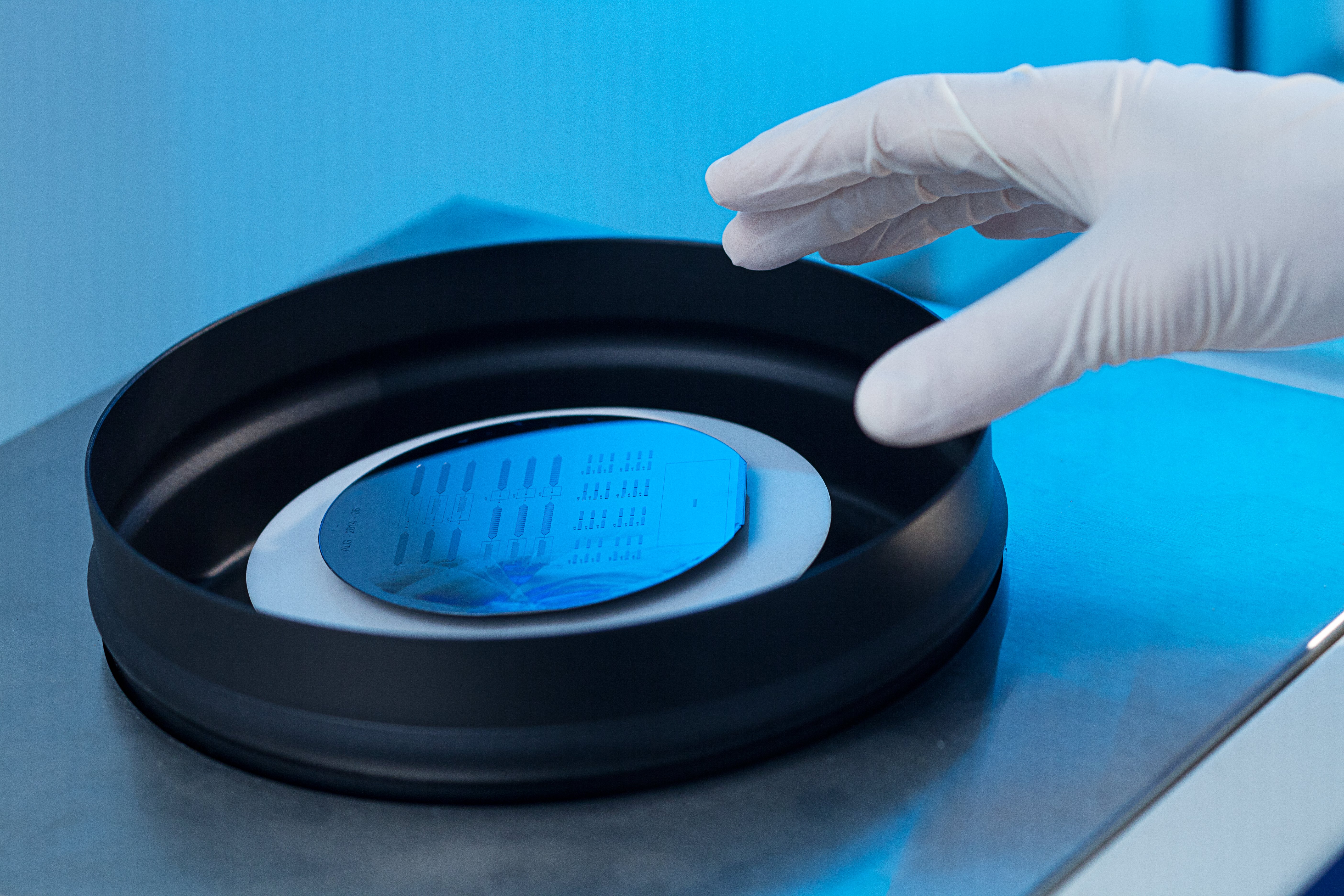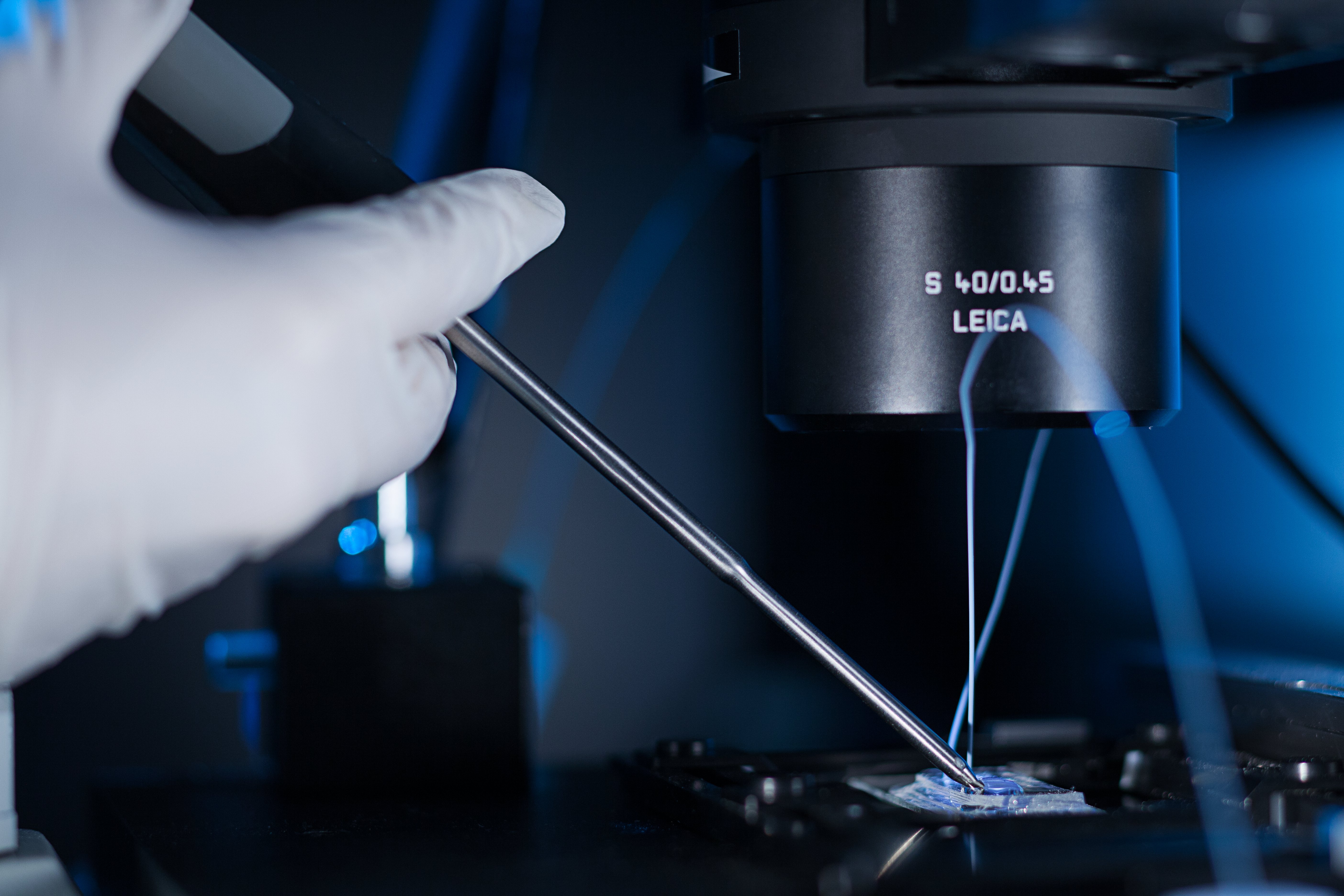
'Biological Fluid Structure Interactions’ (BFSI) research team
Présentation en français de l'Equipe ‘Interaction Fluides Structures Biologiques’ (IFSB)
The BFSI team is specialized in the study of physiological flows and therapeutic techniques associated with the cardiovascular system, and in the experimental and numerical modeling of couplings between flows, deformation of the structures at stake, chemical reactions and active stimulation (magnetic field, ultrasounds).
The team is specialized in the study of blood flows and innovative endovascular therapeutic techniques. Its
field of expertise lies in the field of biofluids,
which is a vast research field at the interface between mechanics, physics,
living science and healthcare.
The general objective of the team is to contribute to the understanding of hemodynamics in
healthy and pathological cases from the capillaries to large blood vessels, and
to improve prevention, diagnostic and therapeutic treatments. We associate
experimental, theoretical and numerical models to study the living system in a biomimetic approach as well as bioartificial
systems in a bioinspired approach. We work on the prediction of their dynamic behavior and develop patient- or object-specific
identification techniques by combining experiments with theory/numerical
models.

Figure 1: Scientific objectives of the BFSI research team.
- At the microscopic scale, we study the mechanical behavior of circulating capsules (natural ones such as cells, or bioartificial ones to encapsulate active substances). We model their dynamics both numerically through multiphysics simulations and experimentally using microfluidic systems fabricated in the lab. The objectives are in particular to optimize targeting technologies through the use of micrometric capsules and to develop new microfluidic strategies for cells (for platelet formation, cell adhesion, cell sorting, …).
- At the scale of the vessels, we are interested in the characterization of physiological flows in the case of cardiovascular diseases, and of various mini-invasive therapeutic techniques with a vascular approach (vessel embolization by injection of microspheres or surgical glues, stenting, cardiac valve repair, …). Our objective is to use in vitro and in modeling to quantify the hemodynamic conditions in physiological and pathological conditions, help adapting existing acquisition/diagnostic methods or developing new ones, and optimize endovascular or percutaneous treatment technique.
The originality of our approach lies in the study of hemodynamics at all the characteristic scales of the cardiovascular system and in the coupling between theoretical modeling, experimental approaches and/or clinical studies. Internally, we have developed or contributed to develop experimental platforms for microfluidics, macrofluidics and identification of mechanical properties, as well as a numerical platform for intensive computing. We benefit from strong partnerships with university hospital teams and work in collaboration with the advanced imaging platform of the Faire-Face Institute in Amiens Hospital.


